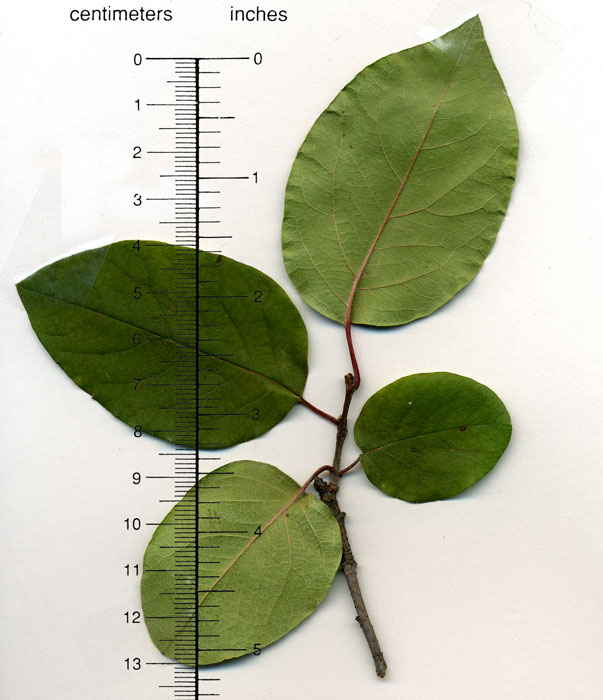Cydonia oblonga
 fruiting quince
fruiting quince
Quinces, which are not much good to eat raw, but can be cooked up like apple pie, grow on small deciduous trees with large, attractive flowers. The quinces themselves resemble downy, fragrant, yellow pears.
The trees have not been planted on campus in recent years; two bushy clumps are on the north side of the Cantor Center (as shown on the Cantor Center Tree Map) and a robust, attractive large-leaved variety is opposite 613 Salvatierra Street. There are also a few bushes just west of The Knoll.
Illustrations: gallery
Name derivation: Quince fruit was known to the Romans as Mala Cydonia, apples from Cydon, now Canea in Crete. The fruit was and is used for preserves and sometimes baked. Cydonia is a genus of the single species, though there are a number of varieties. In the middle ages a sweet quince confection was called mermelada or marmelada (the Portuguese for quince being marmelo). In the 18th century, citrus spp. became identified with the making of marmalade. See also the entry Chaenomeles. Ref: Bailey, Standard Cycl. of Hort. (1925); Campbell-Culver, The Origins of Plants (2001).
About this Entry: The main text of this entry is from the book Trees of Stanford and Environs, by Ronald Bracewell, published 2005. John Rawlings added the Knoll location and Name Derivation notes.




